How to get out of the garden forever?
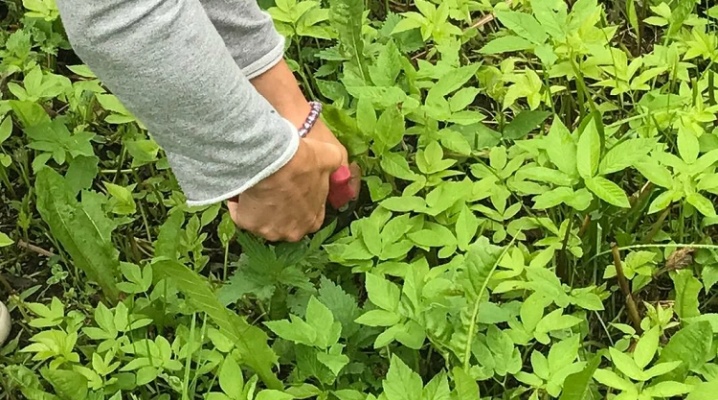
Snyt is a tall weedy perennial with amazing vitality. Thanks to a powerful and well-developed root system, the runny, once appearing in the garden, is able to rapidly spread throughout its territory. In this article, we will look at how to recognize and destroy a weed.
How to identify a weed?
The genus Snyt unites seven (according to other sources - eight) varieties of herbaceous perennial plants, ubiquitous in Europe and Asia. All representatives of this genus are characterized by endurance, frost resistance, unpretentiousness, the ability to grow rapidly in the areas they occupy.
The most aggressive and most famous representative of the genus is considered to be the common runny - a perennial rhizome weed that is difficult to eradicate.
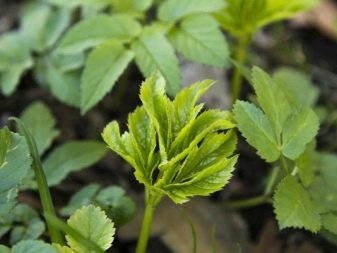
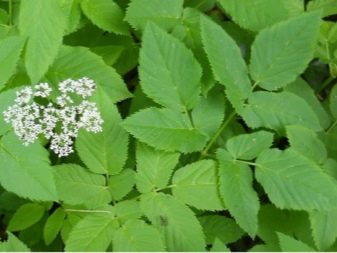
You can recognize this weed in your area by the signs described below.
- The height of an adult plant can reach 0.9-1 meters. The stem is single, erect, strong, slightly branching in the upper part. The surface of the stem is usually covered with longitudinal grooves.
- Leaves slugs are large (up to 8-10 centimeters in length), trifoliate, oblong-ovate, finely serrated along the edges. The outer surface of the leaves is emerald green, smooth. On the inside, the leaves have a paler color and a slightly pubescent surface.
- During the flowering period (June-July) runny forms lush umbrellas, consisting of a large number of pale green and thin rays emanating from the top of the flowering arrow. At the apex of each ray there is a small umbellate inflorescence with small white or cream-white fragrant flowers. It is noteworthy that the strong and specific smell of runny flowers attracts bees, due to which it is considered one of the best honey plants.
- The structure of the plant root system deserves special attention. Rhizomes are superficial, very strong, highly branching and long. It is this feature that determines the high survival rate and survival rate of sleepiness even in the most unfavorable conditions. For this reason, the described weed, which has taken root in the personal plot, is very difficult to exterminate. Even a small fragment of the rhizome of a plant, left in the soil during digging or weeding, is able to recreate the abundance of new growth.
In addition, annually, runny yields abundant self-sowing from its many seeds, from which a new generation of weed rapidly grows. Gradually, this weedy perennial displaces cultivated plants from the site, taking away free space from them and depriving them of adequate nutrition and soil moisture.
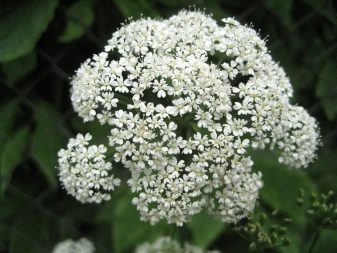
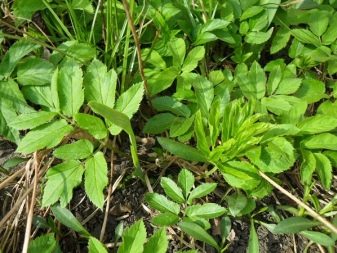
Mechanical methods of struggle
The most time-consuming, but extremely effective ways of dealing with flushing are those that are carried out by hand, without the use of any aggressive chemicals. A huge plus of such methods lies in their environmental friendliness, and a minus - in a large investment of time and effort. The main task facing the owner of the backyard is the complete removal of the rhizomes and their fragments from the soil.
Weeding
Weeding is one of the well-known agrotechnical methods, which involves the destruction (pulling out a plant with most of the main rhizome) by hand or with the help of garden tools. Experienced gardeners consider the most convenient and effective weeding weeding using a garden pitchfork or a special ripper with sharp bent teeth. In the course of weeding, the tool is buried in the soil and the intertwined runny rhizomes are pryed with it. Unlike the shovel, which cuts through the roots of the weed, the pitchfork and rippers help remove the roots of the plant almost intact.
A more time-consuming, but also more effective method of combating flushing is considered to be weeding out the weed along with the roots after thorough digging of the garden. In the process of spring or autumn digging of the site, a significant part of the rhizomes of the slime ends up on the surface of the earth, where they can be easily collected with a rake or pitchfork.
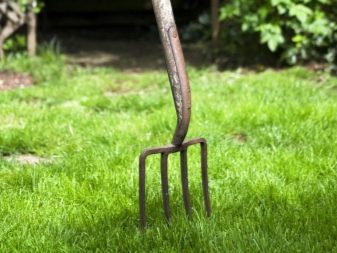

Mulching
The smallest effort is required to combat flushing by mulching the soil. Despite the fact that this weed is unpretentious, drought-resistant and shade-tolerant, without moisture and sunlight, it, like all plants, can die. Given this circumstance, gardeners who do not want to bother weeding and uprooting the weed simply tightly cover its thickets with moisture, light and airtight materials: a black opaque film or a dense dark cloth. In the absence of such materials, thick cardboard, pieces of linoleum, plywood and even ordinary cut grass (without seeds and seed pods!) Are used.
Not receiving sunlight, air and moisture for a long time, even the most vicious weed inevitably dies. It is worth noting another plus of mulching the soil and covering the weed with improvised materials, which is that these methods make it possible to almost completely exclude the spread of runny over the site by self-seeding.
Ripe seeds under such conditions also remain under a layer of mulch (covering materials), where they subsequently rot.
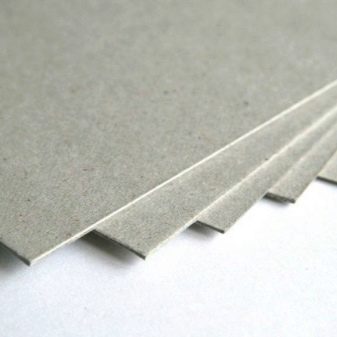
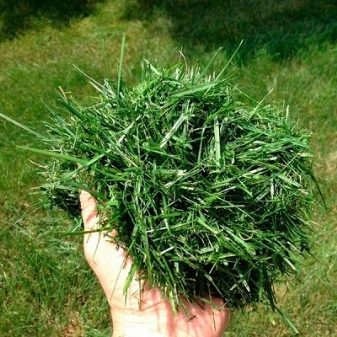
Depletion
Another effective way to permanently remove the weed from the site is the depletion of the vitality of the weed. Even novice gardeners are well aware that for a full-fledged existence, any plant needs an aboveground green part, which, in turn, receives its main nutrition from the roots. The absence of this part does not allow the plant to fully develop, as a result of which its underground part (root system) dies rather quickly. Usually, it takes 2-3 years for the depletion of the vital forces of the dream, during which it is necessary to regularly destroy its above-ground part, not allowing the weed to develop.
To do this, gardeners use a hoe, pruner or flat cutter, with which they cleanly remove all emerging shoots, stems and other above-ground parts of the plant. It is important to note that the effectiveness of the fight against slush in the country increases if the above-ground part of the weed is removed not flush with the ground, but by deepening the blade of the tool 2-3 centimeters into the soil. It is at this depth that the apical parts of the dream are usually located, on which growth points, otherwise called growth buds, develop. New weed shoots are formed from them in the future.
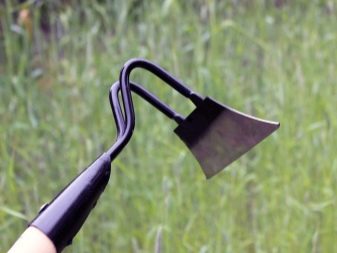
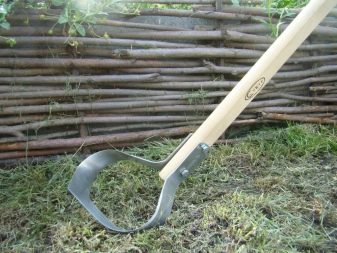
Sod removal
This method also allows you to permanently remove the runny and its shoots on the site, it is only important to conscientiously follow the step-by-step instructions. It looks like this:
- using a sharp bayonet shovel, remove the top layer of earth 25-35 centimeters thick;
- tighten the dug up place with an opaque moisture-proof film;
- provide a complete absence of moisture in the treated area for 3-5 months.
This procedure is best carried out in the spring, before the start of the summer cottage season and, accordingly, the beginning of the growing season of any plants.... After its implementation during the summer, small remnants of weed rhizomes, not receiving the required amount of nutrition and moisture, will die naturally.
The essence of this procedure is that when removing the sod (or the top fertile soil layer), roots, seeds and rhizomes of any weeds that cannot be destroyed by hand are simultaneously removed. This method provides almost one hundred percent disposal not only of dullness, but also of other, no less aggressive weeds.
A significant disadvantage of this method, with all its advantages, is that it is impossible to grow any cultivated plants on a site with a removed fertile soil layer until it is restored.
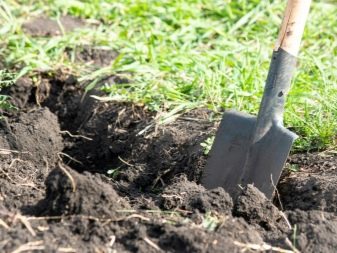

How to get rid of with drugs?
In the case when it is necessary to get rid of dullness and other aggressive weeds quickly and with one hundred percent efficiency, summer residents with experience use special chemicals - herbicides. These funds, in the case of their total use, destroy all vegetation in the garden area, so they are recommended to be used only in the most extreme cases.
Below are the names of the most famous and effective herbicides used to kill dreaming.
- "Chistogryad" - one of the most effective herbicides used to combat country weeds. This drug is used in the form of a solution for spraying weeds. If you use the solution carefully, spraying it exclusively on the weed colonies, then after a couple of weeks you can notice its effect. After spraying the solution, weeds, including weeds, begin to turn yellow, dry and subsequently die.
- Roundup - a fairly well-known herbicide used to exterminate whitewash and other weeds that are prone to aggressive spread. The drug is very popular and is characterized by positive reviews among owners of personal plots. As in the previous case, the agent is used in the form of a solution that is sprayed with weed thickets.
- "Tornado" Is another very powerful remedy that is often used to fight flush and other weeds. The drug is diluted in water in the proportion indicated in the instructions, after which it is used to spray weed colonies. Getting on the leaves of weeds, the drug causes necrosis of their tissues, as a result of which the aerial part of the dream dies completely.
It is extremely important to keep in mind that herbicides are very dangerous for cultivated plants. Moreover, their residues absorbed by the soil can accumulate in the roots of other perennial crops. For this reason, toxic chemicals should be used with great care.
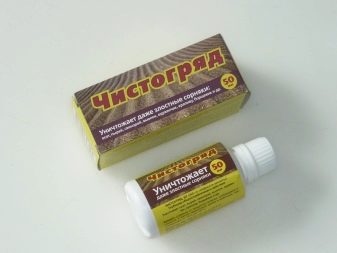
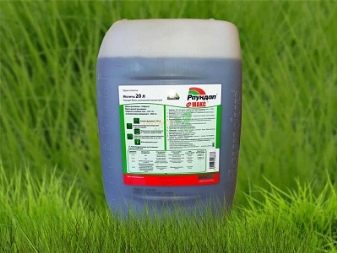
Traditional methods and prevention
The most effective means of preventing the appearance of runny colonies on the site are regular weeding and cleaning of the plantings. In cases of a single appearance of a weed on a site (garden bed, flower bed), many summer residents use a simple method of eradicating it in the form of injections of vinegar essence. In this case, the essence in undiluted form is injected directly into the weed stem, closer to its root, using a conventional syringe.
If the weed attacked the site with its massive colonies, then gardeners use another simple method. It consists in digging in the place of growth of sloughing along the perimeter to a depth of 25-45 centimeters and then digging vertically installed shields of slate, linoleum or profiled sheet into the trench. In this case, the weed will not be able to fully develop and will die.

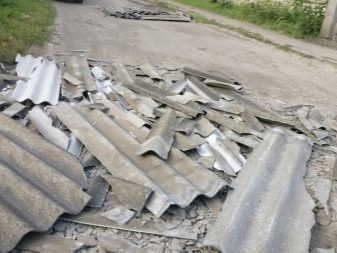













The comment was sent successfully.